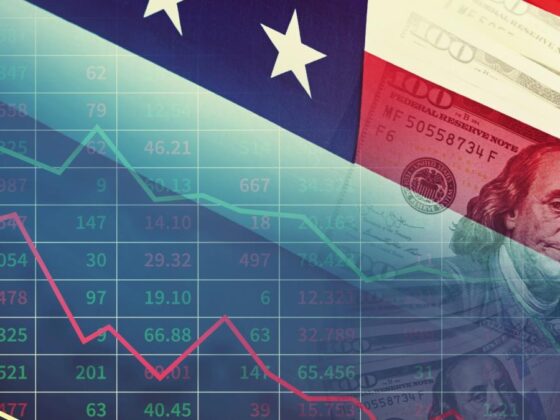The S&P 500 Index ($SPX) (SPY) Wednesday closed up +0.47%, the Dow Jones Industrials Index ($DOWI) (DIA) closed down -0.02%, and the Nasdaq 100 Index ($IUXX) (QQQ) closed up +0.73%. September E-mini S&P futures (ESU25) are up +0.37%, and September E-mini Nasdaq futures (NQU25) are up +0.61%.
Stock indexes settled mostly higher on Wednesday, with the S&P 500 posting a new all-time high. Strength in semiconductor makers on Wednesday led the broader market higher. Also, Wednesday's +3% rally in WTI crude oil prices underpinned energy producers. Stocks added to their gains after President Trump announced that the US had reached a trade deal with Vietnam.
However, gains in the broader market were limited by concern that the US labor market is weakening, following the June ADP employment report, which showed that employment at US companies unexpectedly declined for the first time in more than two years. Weakness in health insurance stocks also weighed on the overall market, led by a -40% plunge in Centene after it withdrew its 2025 guidance due to insurance market trends that differed from its initial assumptions.
The markets are awaiting a House vote on the Senate version of President Trump's tax and spending bill. Also, trade talks are in focus ahead of the July 9 deadline for reciprocal tariff implementation. Late Tuesday, President Trump said a trade deal with Japan is unlikely, so the country will most likely pay a tariff of 30%, 35%, or “whatever the number is that we determine.”
On Tuesday, the Senate passed the Republican reconciliation bill by a 51-50 vote. The bill is currently being considered by the House, where a vote is expected sometime this week. Speaker Johnson said the House “will work quickly” to try to pass the bill by July 4. The nonpartisan Congressional Budget Office estimates that the bill would add nearly $3.3 trillion to US budget deficits over the next decade. The reconciliation bill has the debt ceiling hike that is necessary to avert a Treasury default when the Treasury runs out of borrowing authority on the so-called “X-date,” which falls sometime between mid-August and late September.













